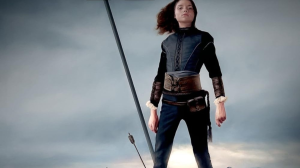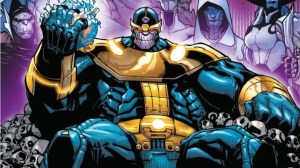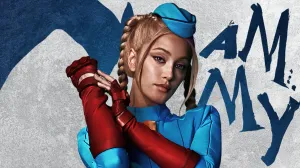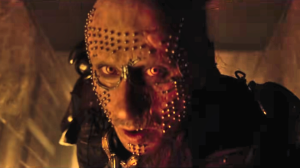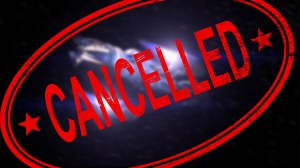The oneshot comic X-Men: Hellfire Vigil shows the now dispersed people of Krakoa coming together for a party and memorial, celebrating the existence of the mutant nation, and mourning its loss. The comic focuses on the multitude of perspectives from mutants all over the world, with ties connecting it to every X-Men related book of the era, and shows how the creation and death of their country impacts all of them. For the most part, Hellfire Vigil carried a tone of intense grief, but does Krakoa deserve that grief? The Krakoan Era was massively important for the X-Men mythos, revitalizing what many thought was a dying franchise by once again transforming it into a phenomenon to rival their original peak of popularity with Chris Claremont’s run. However, as important as Krakoa is, it’s best left in the past for the characters of the X-Men.
Videos by ComicBook.com
Krakoa Was a Flawed Idea
The ethos behind Krakoa was to create a mutant-only nation to act as a safe haven for all members of Homo-Superior. They pitched it as a genuine utopia, where people could live as they want without fear of discrimination from humans. Their brightest minds came together to create miracle drugs that could cure practically every disease there is, and with the combined powers of a select few, they even managed to cheat death with unlimited resurrections. They had gates in every major city in the world that allowed only mutants to pass through, connecting them to everywhere all at once. Some of the strongest and most respected mutants led the government as the Quiet Council. To outsiders looking in and even many people living there, Krakoa seemed to be the perfect place to live.
Of course, everyone who’s actually read these comics knows that this is far from the truth. Krakoa was a veritable paradise for many mutants living there, yes, but it was built upon lies, subterfuge, and the destruction of Charles Xavier’s dream. Many people who fought to defend Krakoa did so in the darkness. Professor X and Magneto conspired secretly with Moira by manipulating things behind the scenes, Beast turned into a complete villain leading the black ops operations, and they let Apocalypse and Mr. Sinister be in their government for cripe’s sake. Much like every other nation, Krakoa was built on bodies and a censored story sold to its populace, but the real evil of Krakoa comes from what it did to Marvel’s mutants perspective on the wider world, and how it tore apart the ideal that the X-Men have fought for since their inception.
Krakoa Goes Against What the X-Men Stand For
Ever since he discovered what being a mutant was, Charles Xavier has fought for a world where mutants and humans can live together in harmony. Even through the multiple times each X-Men has been made darker and sometimes downright evil, they’ve always fought to fulfill this dream. Krakoa isn’t that dream of harmony, it’s Magneto’s dream of rulership. Magneto has always said that mutants are the superior race, meant to inherit the Earth, and that’s the exact kind of speech that the leaders of Krakoa preach when they announce themselves to the world. Obviously, most mutants didn’t suddenly look down at humanity as lesser creatures, but they did draw a distinct line in the sand. The entire saga literally started with Professor X announcing to the entire world that he now believed mutants were strictly better than humans.
Krakoa personified this misguided belief. While it was pitched as a safe haven for mutants, and all people should have a home where they can be safe from oppression, in practice it operated as the ultimate divider. It sent the message that humans and mutants could never reconcile their differences, and so mutants must live apart because humans cannot handle them. The people who participated in the Hellfire Vigil obviously have a right to mourn the loss of culture and companionship that Krakoa offered all of mutantkind, but Krakoa’s price of admission was placing mutants above humanity, even if that wasn’t the intent. It didn’t spread a message of peace, it spread a message of isolation and fear. Coexistence was dead and unachievable.
This perspective is addressed in the comic, specifically the talk between Kestrel and Colossus. Kestrel says that he never bought into the idea of Krakoa, saying that before he knew any kinds of labels like species or nationality, he knew he was himself. Everything else covers that up. Whether you agree with Kestrel’s way of thinking is not the point, rather that he snipes the main problem with Krakoa. Krakoa could only function by drawing the distinction between mutants and humans that the X-Men fought to disprove for decades. The entire point of the X-Men is to show that people can be fundamentally different from you, but not in any of the ways that matter. At the end of the day, mutants and humans are equally people, but Krakoa could only exist on the idea that they cannot ever intersect. Simply put, Krakoa goes against everything the X-Men stand for, and as great as that era was for them, it’s best that we move on from the isolationist mentality.




